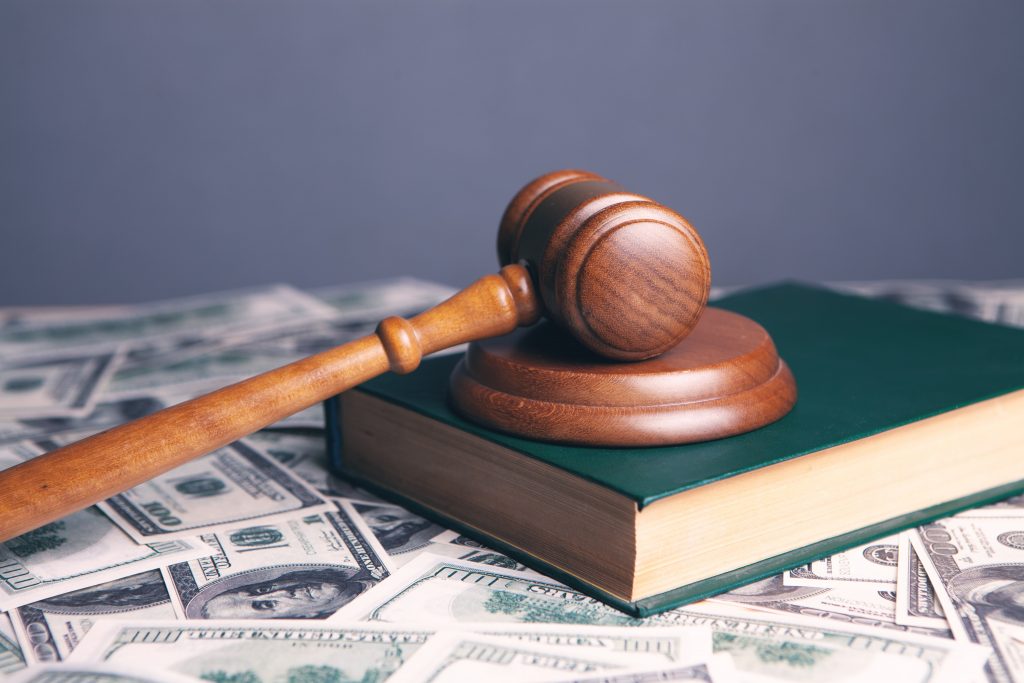- Home »
- Secured Claims
Secured Claims
Secured creditors and buyers of distressed assets don’t have to worry about courts limiting their credit bids, but one Delaware case is cause for concern.
Knowing the collateral value of a secured claim is important. It will impact how the secured creditor is treated under the plan.
Investors may seek to purchase bankruptcy claims against a debtor as part of an investment strategy. What do they need to know before they invest?
Like a professional fee carve-out, secured creditors may also agree to a carve-out for unsecured creditors to appease the court and creditors’ committee.
Who makes the top of the list in the order of priority? See where you fall based on the absolute priority rule.
Although commonly used interchangeably, recharacterization and equitable subordination have different purposes and effects on order of priority of claims.
Explore whether a debtor can file chapter 11 reorganization bankruptcy to evade a court-ordered receivership.
An Article 9 sale allows a creditor to sell its collateral to a third party in a private or public sale without the need for judicial proceedings.
Let’s take a look at bankruptcy from the secured creditor’s perspective (they play a large role in a distressed business situation). Read about what a secured creditor should know when a business files for bankruptcy.
Why Sell a Bankruptcy Claim? Imagine this: One of your customers sends you a notice stating it has filed for chapter 7 or chapter 11 bankruptcy protection rather than the payment for goods or services provided that you were expecting. In technical terms, you now have a “claim” against the “debtor,” but you aren’t sure you want to deal with the bankruptcy process and delay only to recover part of what you are owed. When a bankruptcy claims purchaser offers to purchase your bankruptcy claim from you for cash, you […]










